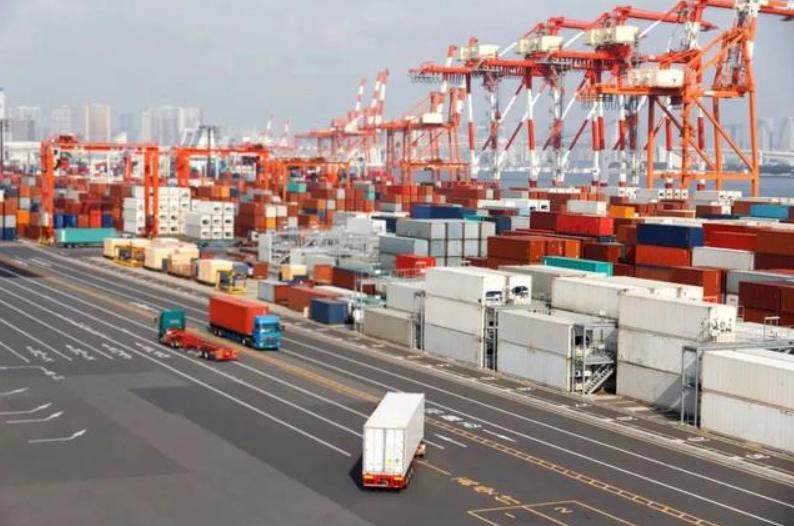
According to the latest data released recently by the South Korean Customs Service, the sea freight of South Korea to Europe in July increased by more than two times compared with the same period last year. South Korea is a typical export-oriented country, especially in South Korea's foreign trade transport, sea transport accounts for up to 99%. The prolonged tension in the Red Sea has had an impact on the logistics of South Korea's home appliances, petrochemical, tire and other industries. According to the data, the logistics cost of Samsung Electronics in South Korea increased by about 63% in the first half of the year.
The sea freight has more than doubled on the export enterprises have a variety of impacts, one is a substantial increase in costs and economic pressure, the sharp rise in sea freight directly leads to an increase in the transport costs of export enterprises. This is the most immediate and significant impact, as shipping is often the main way exporting companies move commodities and trade over long distances. The increase of transportation cost will increase the proportion of logistics cost in the total cost, and then affect the overall operating cost and profitability of enterprises. The increase in transportation costs can strain the cash flow of exporting companies, as more freight needs to be paid. If the profitability of exporting companies is affected, then their financing difficulties may also increase, because financial institutions will consider the profitability of enterprises when assessing loan risk.
The second is the decline in competitiveness and the pressure of the supply chain, in order to maintain profits, export enterprises may pass on the increase in transportation costs to product prices, resulting in higher product prices. However, this may reduce the market competitiveness of the product, especially in price-sensitive markets. If competitors are better able to control costs or have more favorable shipping conditions, then rising prices may reduce the market share of exporters. A sharp rise in sea freight rates could lead to increased waiting times for ships and port congestion, increasing the risk of supply chain disruptions. To cope with the risk of supply chain disruptions, exporting firms may need to increase inventories, which will further increase inventory costs.
The third is the impact on the global economy, the sharp rise in sea freight may lead to a rise in global trade costs, and then inhibit the growth of trade activities. This will adversely affect global economic recovery and growth. In order to cope with the challenges posed by rising sea freight rates, some enterprises may consider adjusting their production layout and supply chain strategies. For example, moving production bases to regions with lower costs, or strengthening trade cooperation with other countries and regions. This will promote the reconstruction and adjustment of the global industrial chain. The sharp rise in sea freight will accelerate the change and innovation in the logistics industry. Enterprises need to seek more efficient and low-cost logistics solutions to meet the challenges posed by rising costs. This will promote the digital, intelligent and green development of the logistics industry. The government may introduce relevant policies to deal with the problems caused by rising sea freight rates. For example, provide financial subsidies, tax incentives and other support measures to help enterprises reduce the burden. Or strengthen supervision and law enforcement to crack down on unfair competition.
The fourth is the impact on the shipping industry, the sharp rise in sea freight reflects the tension between supply and demand in the shipping market. This is likely to prompt shipping companies to increase capacity investment to meet market demand. However, capacity growth may be limited in the near term due to long ship construction and delivery cycles. Big swings in sea freight rates could accelerate consolidation in the shipping industry. Some shipping companies with weaker strength and higher costs may face operational difficulties, while shipping companies with stronger strength and better cost control ability may expand their market share through mergers and acquisitions.
In short, the more than two-fold increase in sea freight has a profound impact on export enterprises, and it is necessary for the country and import and export enterprises to adopt positive coping strategies to deal with these challenges.

Driven by the Trump administration's push to relax financial regulations and the recovery of investment banking business, the market value of the six major banks in the United States has cumulatively increased by approximately 600 billion US dollars by 2025.
Driven by the Trump administration's push to relax financia…
On Christmas evening, U.S. President Trump posted on social…
According to multiple foreign media reports, the recent fin…
The middle class, once regarded as the cornerstone of Ameri…
On December 19th local time, the US military launched a lar…
The Boxing Day sunshine should have cast a false glow of pr…